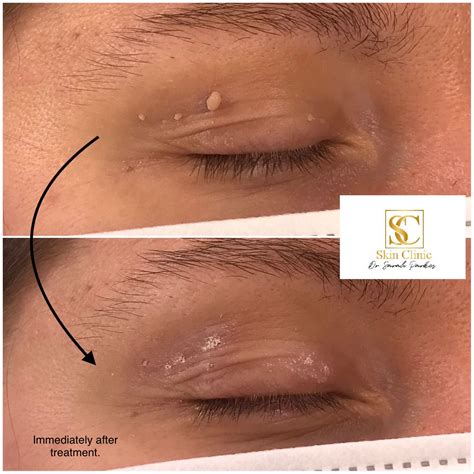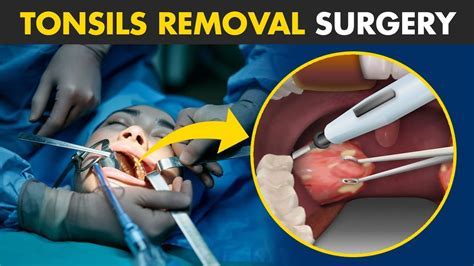Intro
Discover effective skin tag removal methods, including natural remedies, home treatments, and professional procedures, to safely eliminate unwanted skin tags and achieve smooth, healthy skin with minimal scarring.
Skin tags are small, benign growths that can appear on various parts of the body, including the face, neck, and armpits. They are usually harmless, but can be unsightly and cause discomfort, especially if they become irritated or caught on clothing. Removing skin tags can be done through various methods, ranging from home remedies to professional medical procedures. Understanding the different options and their effectiveness is crucial for making an informed decision.
The importance of addressing skin tags lies not only in their aesthetic impact but also in the potential for them to become a source of discomfort or even lead to more serious health issues if they become infected. Moreover, the presence of skin tags can sometimes be indicative of underlying health conditions, such as diabetes or obesity, making their removal and examination by a healthcare professional a prudent step.
For individuals considering skin tag removal, it's essential to weigh the benefits and risks of each method, including cost, potential scarring, and the likelihood of recurrence. Home remedies and over-the-counter treatments can be appealing due to their convenience and lower cost, but their effectiveness can vary, and they may not be suitable for all types of skin tags or skin types. On the other hand, professional medical procedures offer more reliable results but can be more expensive and may require a visit to a doctor's office.
Understanding Skin Tags

Causes and Risk Factors
Several factors can increase the risk of developing skin tags, including age, as they are more common in older adults; obesity, which can lead to increased friction on the skin; diabetes; and family history, suggesting a possible genetic component. Understanding these risk factors can help in preventive measures and in making informed decisions about removal methods.Home Remedies for Skin Tag Removal

These methods have varying degrees of success and may not be suitable for everyone, especially those with sensitive skin or larger skin tags.
Evaluation of Home Remedies
While home remedies can be appealing, their effectiveness can vary greatly, and there's limited scientific evidence to support their use. It's essential to approach these methods with caution and be aware of potential risks, such as skin irritation or infection.Professional Skin Tag Removal Methods

These methods are typically performed by a dermatologist or healthcare provider and offer more predictable outcomes compared to home remedies.
Choosing the Right Professional Method
The choice of professional removal method depends on several factors, including the size and location of the skin tag, the individual's skin type, and personal preferences regarding pain tolerance and potential scarring. Consulting with a healthcare professional can help determine the most appropriate method.Prevention and Aftercare

Importance of Follow-Up
After skin tag removal, follow-up appointments with a healthcare provider are essential to ensure the area is healing properly and to address any concerns or complications that may arise. This also provides an opportunity to discuss preventive measures to avoid the formation of new skin tags.Conclusion and Next Steps

For those considering skin tag removal, consulting with a healthcare professional can provide personalized advice tailored to their specific situation. This consultation can help in choosing the most effective and appropriate removal method, ensuring a safe and satisfactory outcome.
Final Considerations
In conclusion, the decision to remove skin tags should be based on a thorough understanding of the available options, their benefits, and their potential risks. By being proactive about skin health and taking steps to address skin tags, individuals can improve their overall well-being and confidence in their appearance.What are the most common places where skin tags appear?
+Skin tags most commonly appear in areas subject to friction, such as the neck, armpits, and groin area. They can also appear on the face, particularly on the eyelids.
Are skin tags a sign of an underlying health issue?
+While skin tags themselves are benign, their presence can sometimes be associated with underlying health conditions, such as diabetes or obesity. However, this is not always the case, and many people with skin tags do not have any underlying health issues.
Can skin tags be prevented?
+While there is no guaranteed way to prevent skin tags, maintaining a healthy weight, avoiding excessive friction on the skin, and managing conditions like diabetes can reduce the risk of developing them.
We invite readers to share their experiences with skin tag removal, whether through home remedies or professional methods, and to ask any questions they may have about the process. Your feedback and insights can help others make informed decisions about their skin health.
